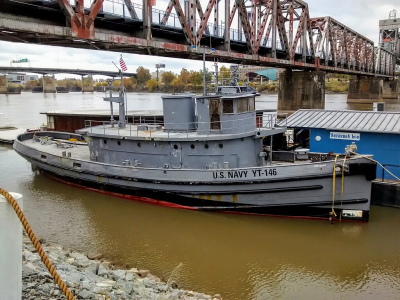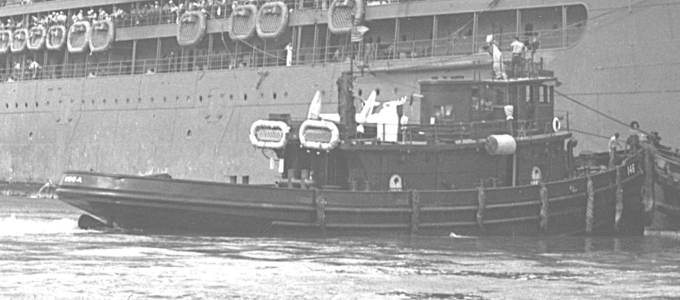Built the Hoga Tug boat great kit BUT this was at Pearl Harbor 12/7 made it a scale to my ability to work. Not a navy man but had 26 and 28 footers on the cape All required Nav lights
this kit had on Nav lights???? is this standard for navel ships during war time (just asking )
this kit had on Nav lights???? is this standard for navel ships during war time (just asking )









